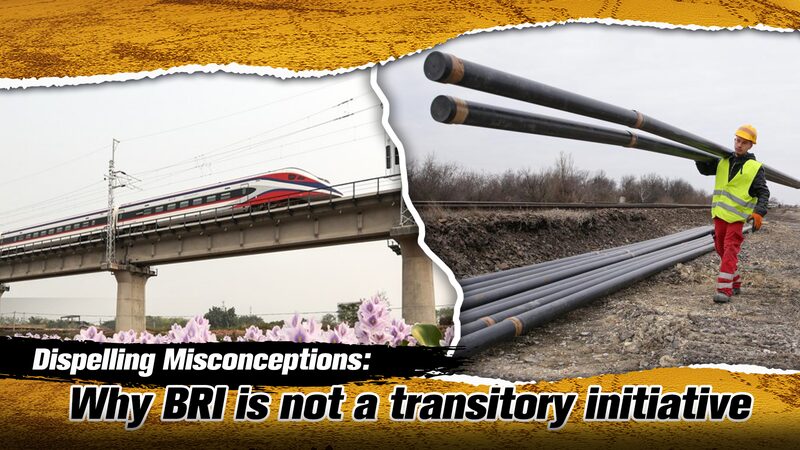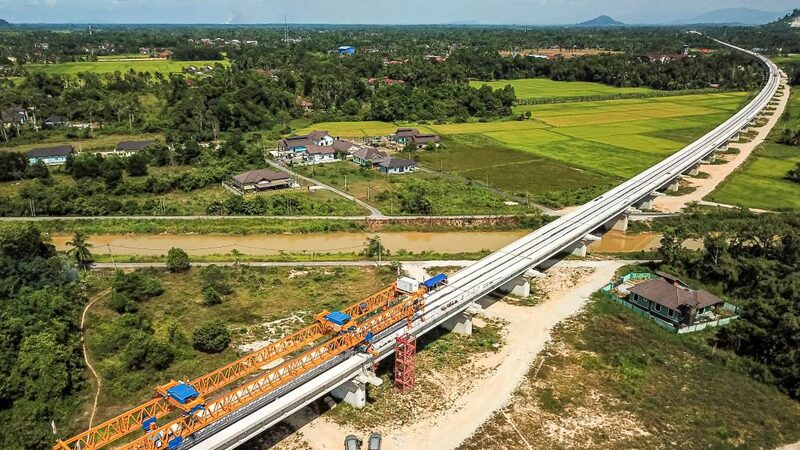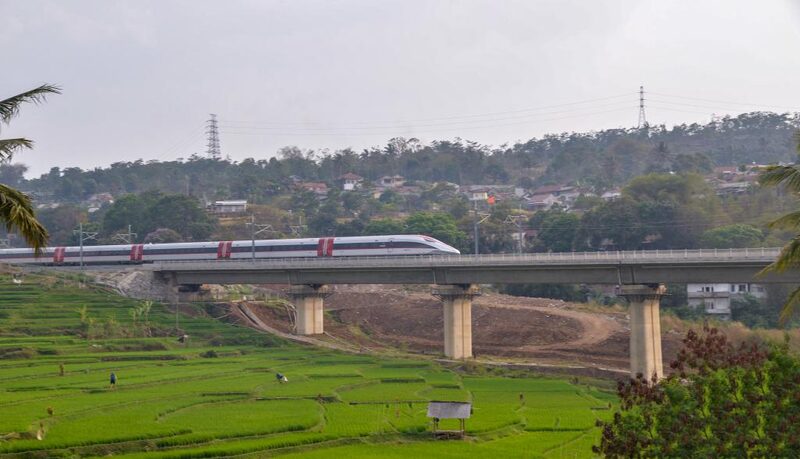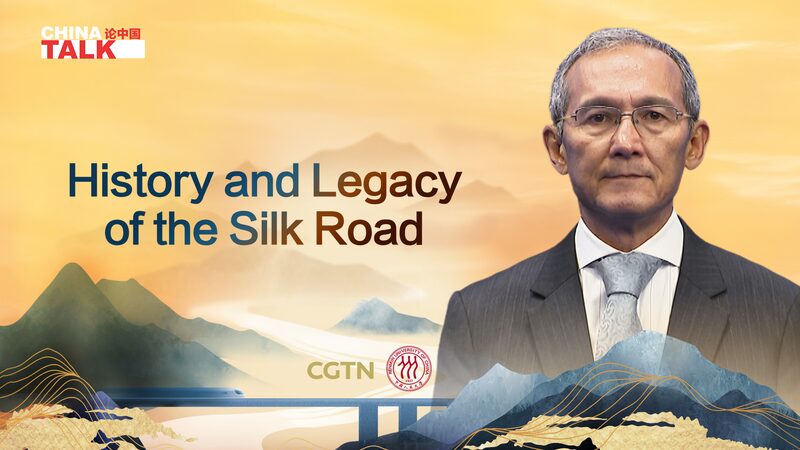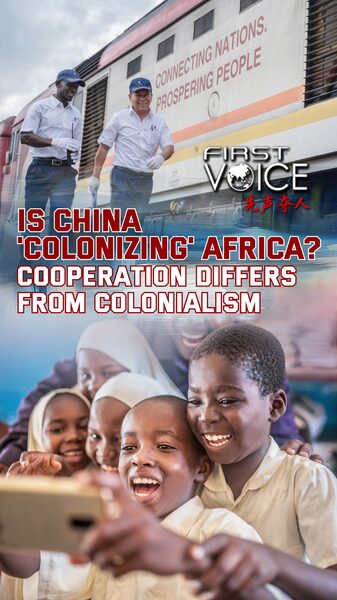In 2013, China launched the Belt and Road Initiative (BRI), an ambitious global development strategy aimed at enhancing regional connectivity and fostering shared prosperity. Spanning continents, the BRI seeks to link Asia with Europe, Africa, Oceania, and Latin America through a vast network of infrastructure projects, including roads, railways, ports, and pipelines.
Despite its far-reaching goals, the BRI has faced skepticism, particularly from some Western observers who label it as a transitory initiative with limited benefits. Critics argue that challenges such as poor planning, unclear objectives, and ineffective communication have created an atmosphere of confusion and inefficiency.
However, these misconceptions overlook the tangible, long-term impacts the BRI has already made. A prime example is Kenya’s Standard Gauge Railway (SGR), a key BRI project in Africa. While financial concerns and incomplete extensions have been points of contention, the SGR has significantly reduced travel time between Nairobi and Mombasa, enhancing passenger transit and boosting commerce.
Kenya’s ongoing commitment to the railway project underscores the enduring nature of the BRI. By actively seeking additional funding and pushing forward with construction, Kenya demonstrates confidence in the railway’s long-term benefits for national development and regional integration.
The BRI’s contributions extend beyond individual projects. It has facilitated infrastructure improvements, trade expansion, and cultural exchanges among participating countries. By enhancing connectivity, the initiative aims to create a sustainable foundation for economic growth and mutual prosperity across the globe.
Dispelling the myth of the BRI as a fleeting endeavor is crucial. Recognizing its achievements and long-term vision allows for a better understanding of how global cooperation can address shared challenges and promote inclusive development.
Reference(s):
Dispelling Misconceptions: Why BRI is not a transitory initiative
cgtn.com
